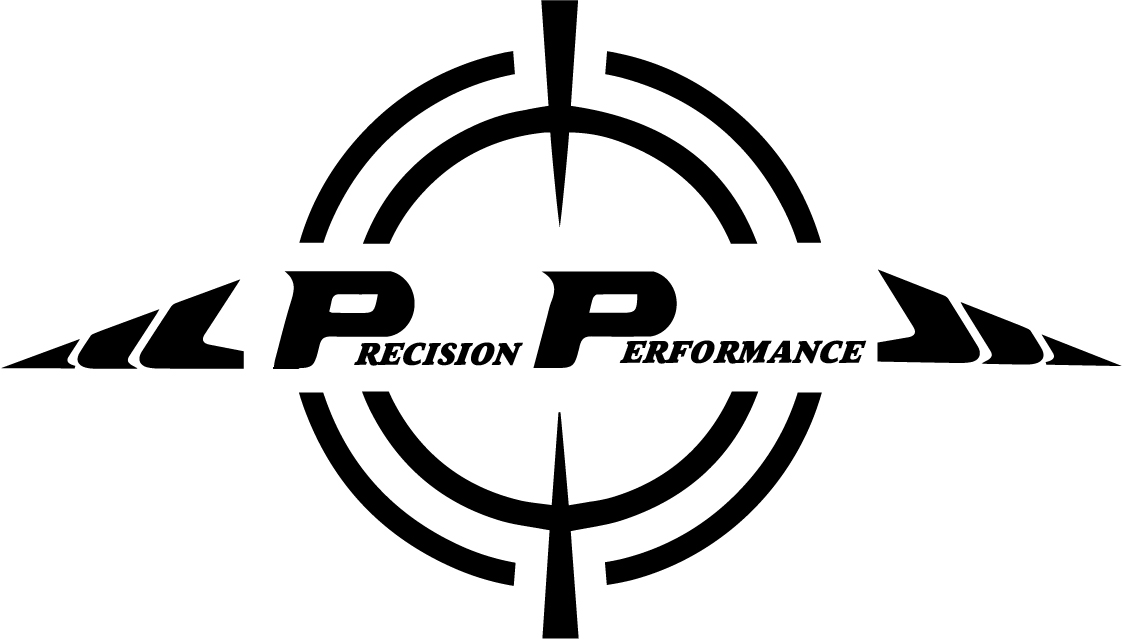Okay, so your hip bones are technically not connected to your back bone (it is a little more complex than that), but when the hips and pelvis are dysfunctional, it will lead to increased stress in the lower back. The body is a kinetic chain in which movement patterns are dictated by factors such as flexibility, motor control, stability, coordination, and strength. For an efficient movement to be performed, all the factors that may contribute to this motion need to work in the appropriate manner. When even one part of that kinetic chain is dysfunctional then an imbalance is created leading to the potential for injury.
Almost everyone has heard of tight hamstrings and their potential relation to low back pain. A tight hamstring can limit hip flexion motion leading to an increase in lumbar flexion, especially with activities such as bending over. If one hamstring is tight and the other has normal flexibility, then not only can the lumbar spine be forced into more flexion, but also into a rotation which significantly increases the stress in the lower back. A weak hamstring can affect hip extension strength (leading to an increased in forced low back extension).
 Tight hip flexors or weak hip flexors can contribute to increases in the lumbar extension. Poor glute and hip rotator mobility can lead to deficits with hip flexion mobility and poor pelvic control causing the lower back to compensate for the movement dysfunction. Glute and lateral (side of the hip) weakness can present with changes in trunk position during functional activities to balance out the lack of control of the pelvic position. Poor postural control and stability in the hips also can lead to poor trunk and spinal positioning with functional activities.
Tight hip flexors or weak hip flexors can contribute to increases in the lumbar extension. Poor glute and hip rotator mobility can lead to deficits with hip flexion mobility and poor pelvic control causing the lower back to compensate for the movement dysfunction. Glute and lateral (side of the hip) weakness can present with changes in trunk position during functional activities to balance out the lack of control of the pelvic position. Poor postural control and stability in the hips also can lead to poor trunk and spinal positioning with functional activities.
Typically when we have an area of the body that has pain such as the lower back, the assumption is that a problem exists in that specific area where the pain is noticed. Just because the pain is in the lower back, does not mean that this is the only potential source of the dysfunction. It may just mean that the lower back is the area that is compensating and taking on the added stress from the other areas of the body. Often times there are physical and functional limitations in other areas of the kinetic chain that cause or contribute to the pain in another area of the body. What makes these challenging is that the pain in the lower back may not improve until the dysfunctions in other areas of the body are addressed.
In the end, your hip bones may not directly connect to your back bone, but your hips can have a direct or indirect effect on low back pain.
